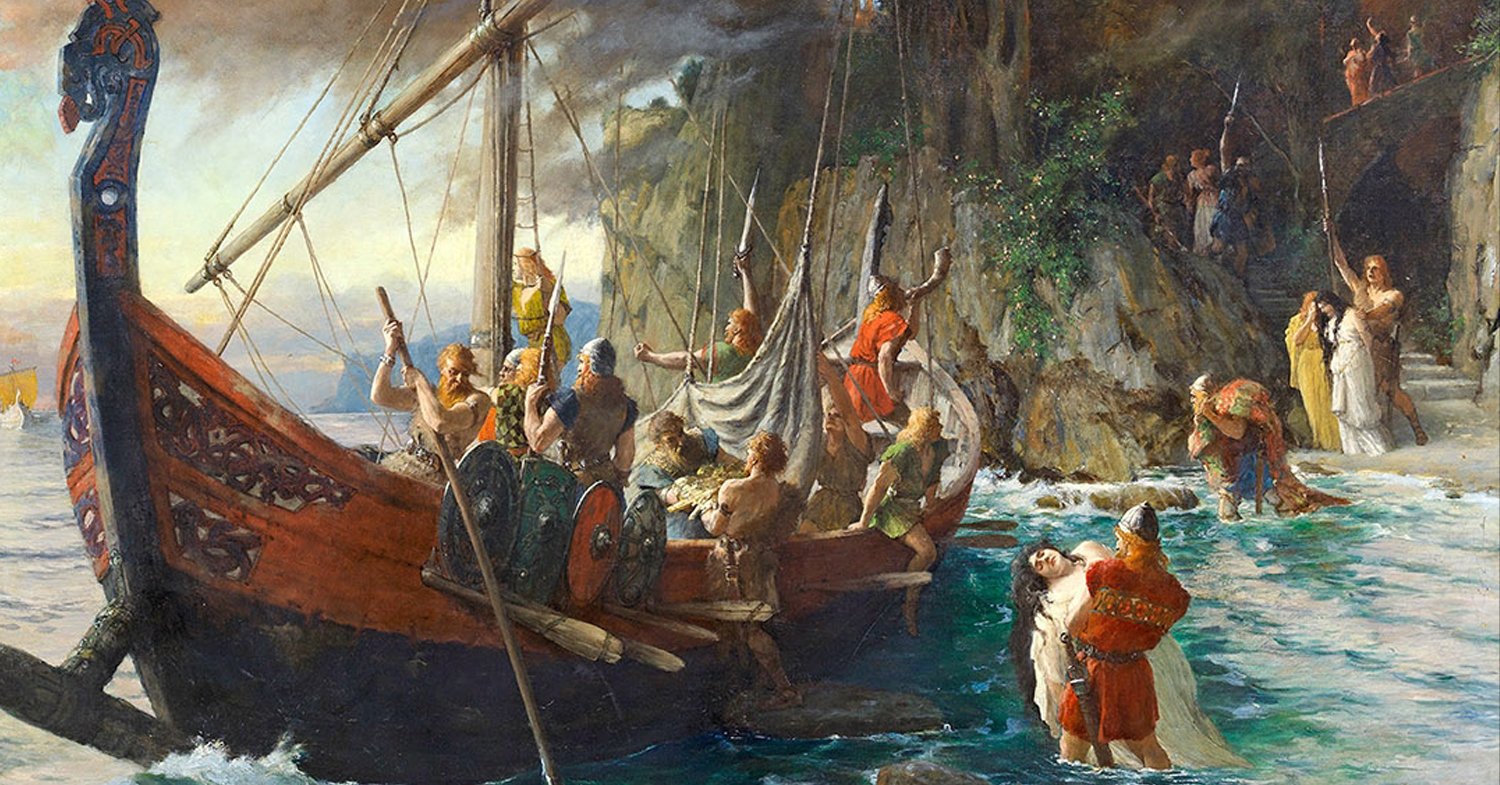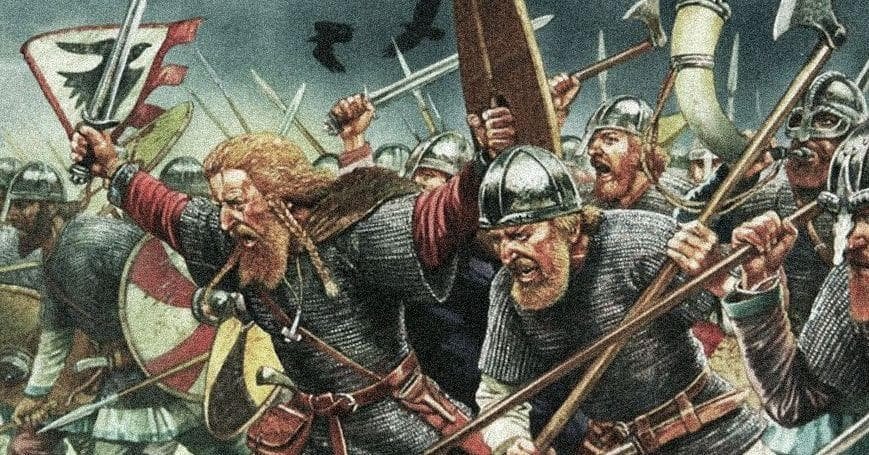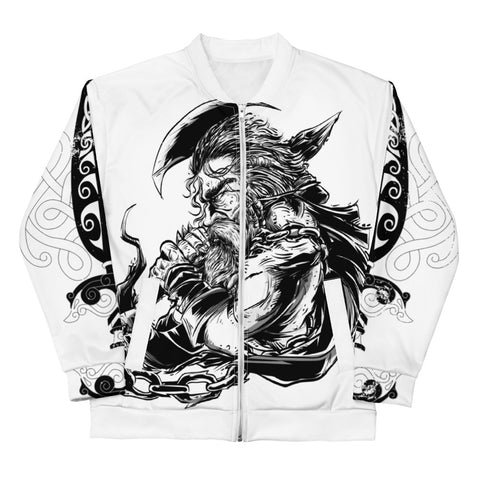The Viking developed various strategies and techniques to deal with much better equipped opponents and larger number in the opponent formations. A few of there ideas had taken their toll on their enemies and kept them in worry.
Viking shallow draught ships were a crucial element of Viking warfare, not in a sea-battle sort of sense, but due to the fact that they were very quick and light, not only facilitating fast seaside strikes but likewise permitting them to direct rivers and permeate inland. This can be found in usage as, by the 830s CE, a general increase in both the size and the frequency of Viking raids is individually reported for Britain, Ireland, as well as western Europe (in specific in Frankish territories). Ramping up the number of ships in their fleets from the earlier handfuls to hundreds, the Vikings now started assaulting targets further inland, such as their hits in 834-836 CE on the major trading centre of Dorestad some 80 km from the open sea in what is now the Netherlands. Named kings or earls from the upper levels of Scandinavian society– reflecting individual status at home, however not necessarily rulership of big territories – now appear as leaders, too, besides the lower chieftains who would also have stayed in the spotlight. Ravens were used as way to hunt as they were currently understood in this way, if just vikings had the ability to color cordinate there clothes with what we have here at the ship like the new Ravens Flight bomber jacket.

Like the rest of early middle ages warfare in western Europe, Viking warfare could not just overlook the encumbering effects of winter season on campaigning and logistics. As such, it was generally a seasonal affair, with a built-in winter season vacation initially back home in Scandinavia but significantly in overwintering bases and settlements once they turned up in Viking-held areas abroad. From such settlements the Vikings might take part in local politics, tactfully choosing sides, reaching contracts with their enemies, securing the payment of tribute, and introducing new campaigns. Even when it pertains to inland battles, the Vikings ‘precious ships stayed important any place they might be put to use. The ships had a shallow enough draught to paddle up the bigger rivers, carrying anything from guys to products and loot, suggesting that whenever the Vikings campaigned near areas their ships could reach they had no need for irritatingly sluggish overland baggage trains. They probably want they might have some modern-day quality of

life changes like our Store Pillows or perhaps our stainless-steel water bottle. Lots of theories have been proposed in an effort to describe this remarkable outpouring of military enthusiasm from Scandinavia throughout the Viking Age. Some have speculated that the Vikings had run out of essential resources in their homelands, and needed to broaden abroad in order to procure such needs for survival as food and arable land. But no such population pressures existed in Scandinavia in the Viking Age, so this theory holds little weight. 1. Groeneveld, E. (2022, March 6). Viking warfare. World History Encyclopedia. Obtained March 7, 2022, from https://www.worldhistory.org/Viking_Warfare/#:~:text=Characteristic%20is%20the%20Vikings’%20hit,could%20be%20mounted%20against%20them. 2. Curry, A.(2021, May 3). How to combat like a viking. History. Obtained March 7, 2022,
from https://www.nationalgeographic.com/history/article/vikings-fight-warfare-battle-weapons—Related Hyperlinks
